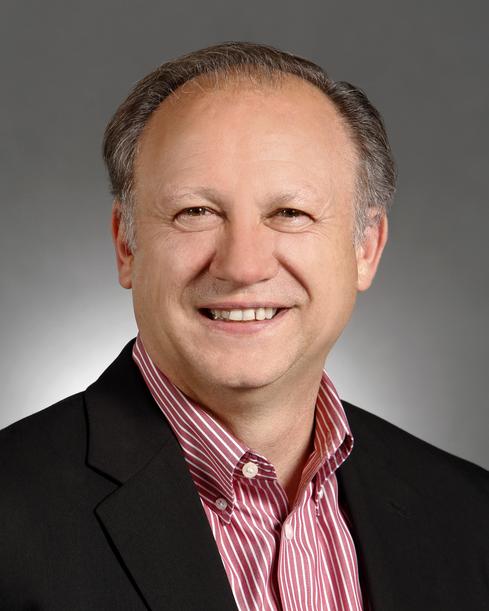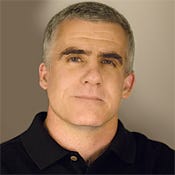CIO's five core principles underpin automaker's three-year "IT transformation" plan.

development. GM's consolidation of datacenters (from 23 to two) and applications (it has retired a few hundred of more than 4,000 apps so far) is designed to let the company divert dollars from IT operations and maintenance to more innovative work.
4. Sustained competitive advantage comes from a focus on continuous improvement, creative process, and technological change.
Mott knew from the start of GM's three-year IT transformation that it wouldn't be able to hold to a rigid master plan or IT org chart every step of the way. "We will organize every year based on what we're trying to accomplish for the business," he told InformationWeek in July 2012, when he was laying the groundwork.
The biggest challenge for GM, Mott says, is trying to evaluate new people, technologies, and processes -- as its focus becomes IT innovation -- at the same time it's consolidating applications, data marts, and datacenters to lower the cost of operational IT. "There are huge learning curves," he says. "Every month you need to reassess," based on new information the organization is taking in.
We asked Mott whether the appointment of insider Mary Barra as CEO in January would disrupt the company's IT overhaul plans, given that they were crafted under Barra's predecessor, Dan Akerson, who ran the company for four years amid GM's bankruptcy restructuring. Mott was having none of it. He compared the situation to when he was at Wal-Mart, after founder Sam Walton died and lots of employees as well as pundits worried about upheaval. "What they didn't take into account is that things were always changing when he was alive," Mott says.
5. IT is a strategic corporate asset with SPEED of innovation a major underlying factor of success.
Again, the all caps emphasis is Mott's. And it's a priority he has taken from Wal-Mart, where he spent 22 years and was CIO from 1994 to 2000, to Dell to HP to GM. InformationWeek used the term "Speed Merchant" to describe Mott on a 1996 magazine cover.
One of Mott's IT transformation objectives at GM is to double the speed of project delivery, mostly by putting more people on each project and doing fewer of them at a time. Mott knows that if he's going to stamp out shadow IT at the company (a cost drag as unsupported applications and devices proliferate), his team had better get GM's designers, engineers, manufacturers, dealers, marketers, and other key people the difference-making IT tools they need ASAP. If it takes many months to deliver new applications, compute capacity, and security controls, employees will go elsewhere for what they need and/or they'll always be playing catch-up with nimbler competitors.
Engage with Oracle president Mark Hurd, NFL CIO Michelle McKenna-Doyle, General Motors CIO Randy Mott, Box founder Aaron Levie, UPMC CIO Dan Drawbaugh, GE Power CIO Jim Fowler, and other leaders of the Digital Business movement at the InformationWeek Conference and Elite 100 Awards Ceremony, to be held in conjunction with Interop in Las Vegas, March 31 to April 1, 2014. See the full agenda here.
About the Author(s)
You May Also Like







